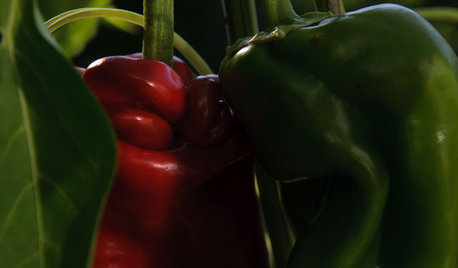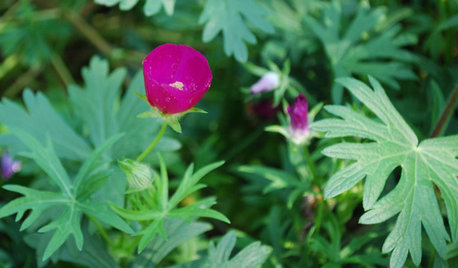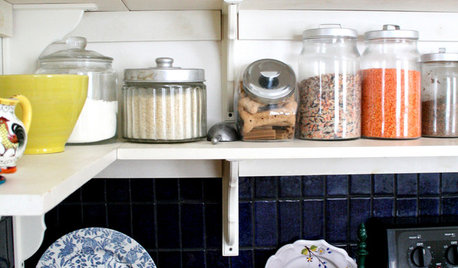hot pepper plants... is it normal?
cheri_berry
13 years ago
Related Stories

GARDENING GUIDESSummer Crops: How to Grow Peppers
Some like 'em hot; others like them sweet. With the incredible range of peppers available for home gardens, you can have your pick
Full Story
GARDENING GUIDESGreat Design Plant: Callirhoe Involucrata Wakes Up Hot Garden Spots
Give a dry and sunny garden a jolt of violet-pink color summer to fall — and watch bees and butterflies flock to the nectar
Full Story
GARDENING GUIDESYes, You Can Grow an Edible Garden on a Hot, Dry Site
Difficult garden spots don’t need to deter you from planting trees, herbs and other delicious food plants
Full Story
KITCHEN DESIGNDisplaying Kitchen Supplies — Hot or Not?
Do some kitchens just beg for a cozy row of canisters and gear for all to see? Have a look and let us know what you think
Full Story
FARM YOUR YARDHow to Build a Raised Bed for Your Veggies and Plants
Whether you’re farming your parking strip or beautifying your backyard, a planting box you make yourself can come in mighty handy
Full Story
HOUSEPLANTS8 Essentials for Healthy Indoor Plants
Houseplants add so much to our homes — and can thrive when grown in the right conditions. Keep these tips in mind
Full Story
GARDENING GUIDESGreat Design Plant: Cephalanthus Occidentalis
Buttonbush is an adaptable woody shrub with delightful pincushion flowers
Full Story
COLORRoom of the Day: Deep Blue Proves a Hot Hue
Navy takes a New Jersey living room from dull to dashing in the flick of a paintbrush
Full Story
HOLIDAYS12 Home Hot Spots for Holiday Decorating
Deck these areas with garlands, lights and other seasonal decorations, and watch a festive mood take hold
Full Story
KITCHEN DESIGNUsing White Marble: Hot Debate Over a Classic Beauty
Do you love perfection or patina? Here's how to see if marble's right for you
Full StorySponsored
Zanesville's Most Skilled & Knowledgeable Home Improvement Specialists
More Discussions







grizzman
georgeiii
Related Professionals
Ferndale Landscape Architects & Landscape Designers · Glen Ellyn Landscape Architects & Landscape Designers · Horsham Landscape Architects & Landscape Designers · Towson Landscape Architects & Landscape Designers · Winder Landscape Architects & Landscape Designers · Woodinville Landscape Architects & Landscape Designers · Andover Landscape Contractors · Apollo Beach Landscape Contractors · Hurricane Landscape Contractors · Lakewood Landscape Contractors · Leicester Landscape Contractors · Paramount Landscape Contractors · Pleasanton Landscape Contractors · Setauket-East Setauket Landscape Contractors · New Carrollton Landscape Contractorscheri_berryOriginal Author
wordwiz
grizzman
cheri_berryOriginal Author
lucas_formulas
cheri_berryOriginal Author
willardb3
lucas_formulas
cheri_berryOriginal Author
lucas_formulas
cheri_berryOriginal Author
lucas_formulas
cheri_berryOriginal Author
joe.jr317
danielfp
lucas_formulas
willardb3
cheri_berryOriginal Author
homehydro
danielfp
homehydro
grizzman
lucas_formulas
grizzman
lucas_formulas
lucas_formulas